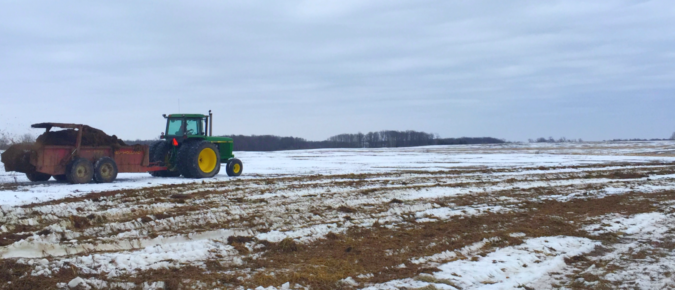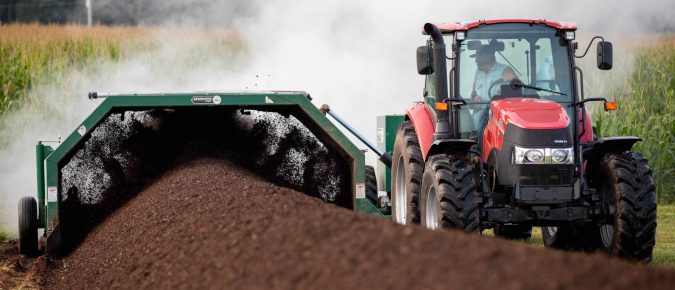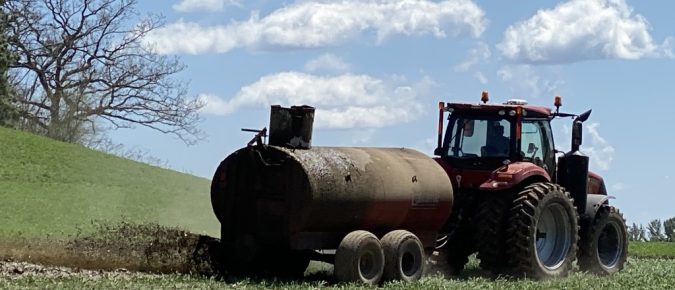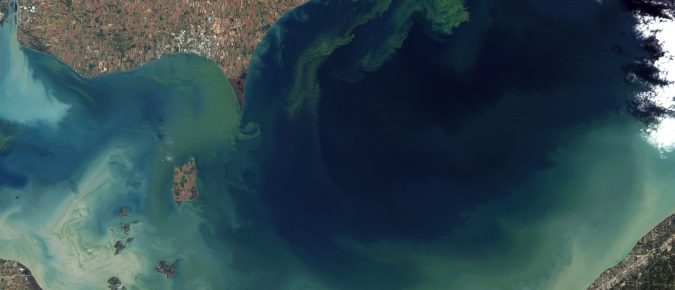A common misconception about livestock manure is that it is simply a waste product of the farm. However, manure is rich in many nutrients and is a valuable resource when applied back onto fields that can benefit from manure application. Research has demonstrated positive impacts to soil quality/health, crop production, and overall farm management when manure is managed effectively.
Farms with livestock have the unique advantage of being able to supply manure, which has many of the nutrients required for crop production, to their fields. However, the application of manure also comes with potential risks to water quality.
Presenters Laura Paletta (an outreach specialist in UW-Extension’s Ag water quality program) and Dr. Francisco Arriaga (assistant professor in the Dept. of Soil Science at UW-Madison) go into depth looking at the best and worst times to spread manure, why it’s important for water quality, and offer recommendations to help limit soil and nutrient losses.
This short video shares the best times to spread manure throughout the year, why it’s important to consider various field and weather conditions and offers best management practices to install to reduce soil and nutrient losses.
A recent study used data from 13 CAFOs in a Michigan watershed to increase understanding of how manure nutrients are used and how nutrient use efficiency can be increased to decrease the impact manure has on Lake Erie’s toxic algae blooms. The same issues affect many Wisconsin lakes.









